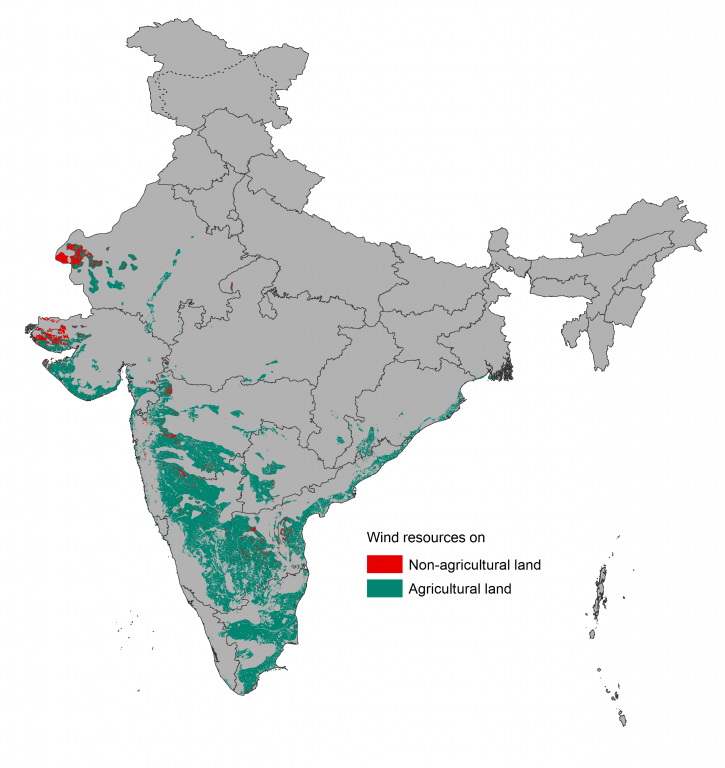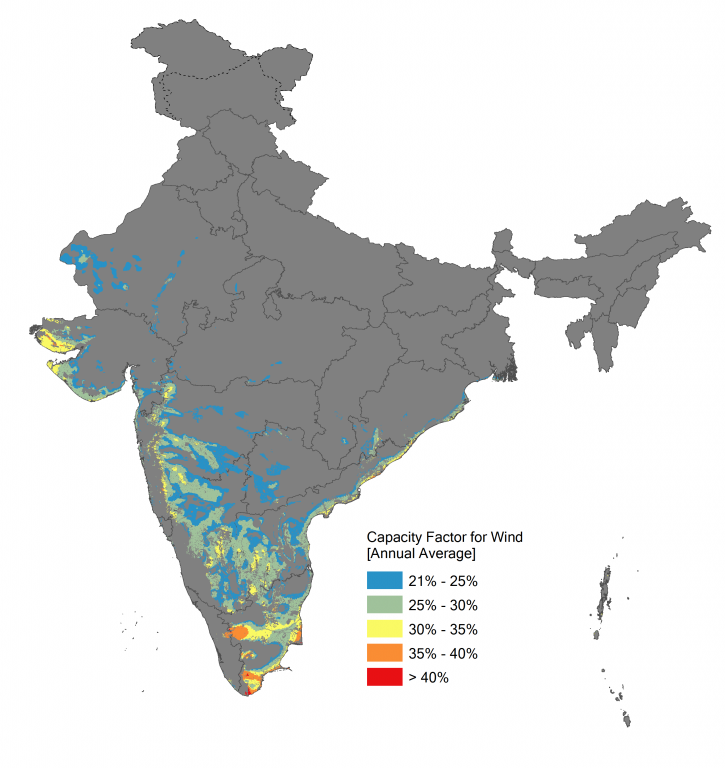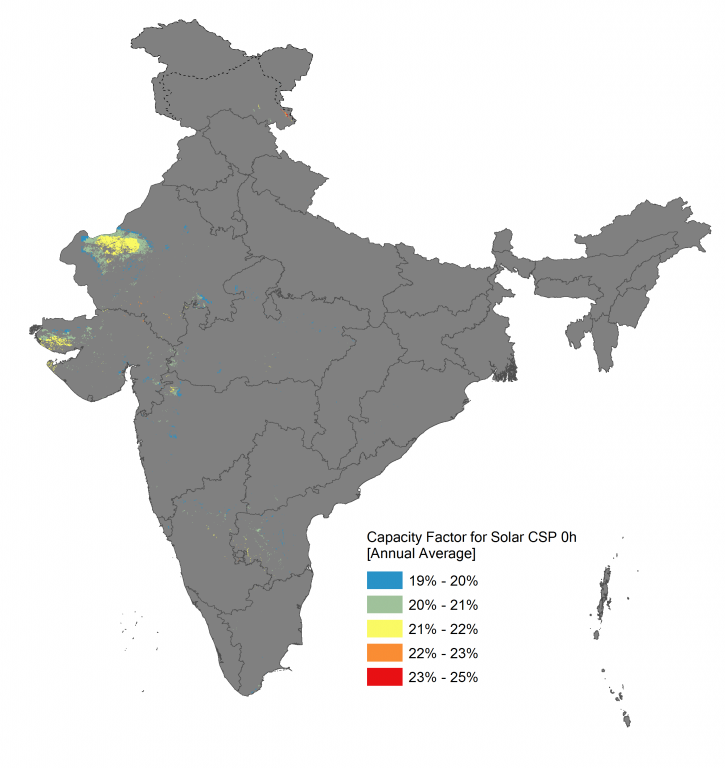India Renewable Energy Zones

The India Renewable Energy Zones (IREZ) were identified under the Multi-criteria Analysis for Planning Renewable Energy (MapRE) initiative at the Lawrence Berkeley National Laboratory (LBNL).
The Government of India has set high targets of 100 GW solar photovoltaics (PV) and 60 GW of wind capacity by 2022, and has also set significant targets for renewable energy generation by 2030 under their Intended Nationally Determined Contributions (INDCs) submitted to the United Nations.
The India Renewable Energy Zones study identifies cost-effective, equitable, and environmentally sustainable wind, solar PV, and concentrated solar power (CSP) zones across India. Identification of high-quality RE zones can reduce the risk to project developers and facilitate preemptive transmission planning by utilities and government agencies to encourage cost-effective and, socially and environmentally responsible development.
Attributes of zones include levelized cost of energy for generation (using Central Electricity Regulatory Commission norms), for transmission, and for road, distances to nearest substation and road, human impact score, capacity value (for wind), number of project opportunity areas within 10 km of a surface water body, potential for co-location with another RE technology, population density, and slope.
This work was supported through individual fellowships from the National Science Foundation, Link Foundation, and Siebel Scholar Program, as well as foundation gift funds to the International Energy Studies Group.



